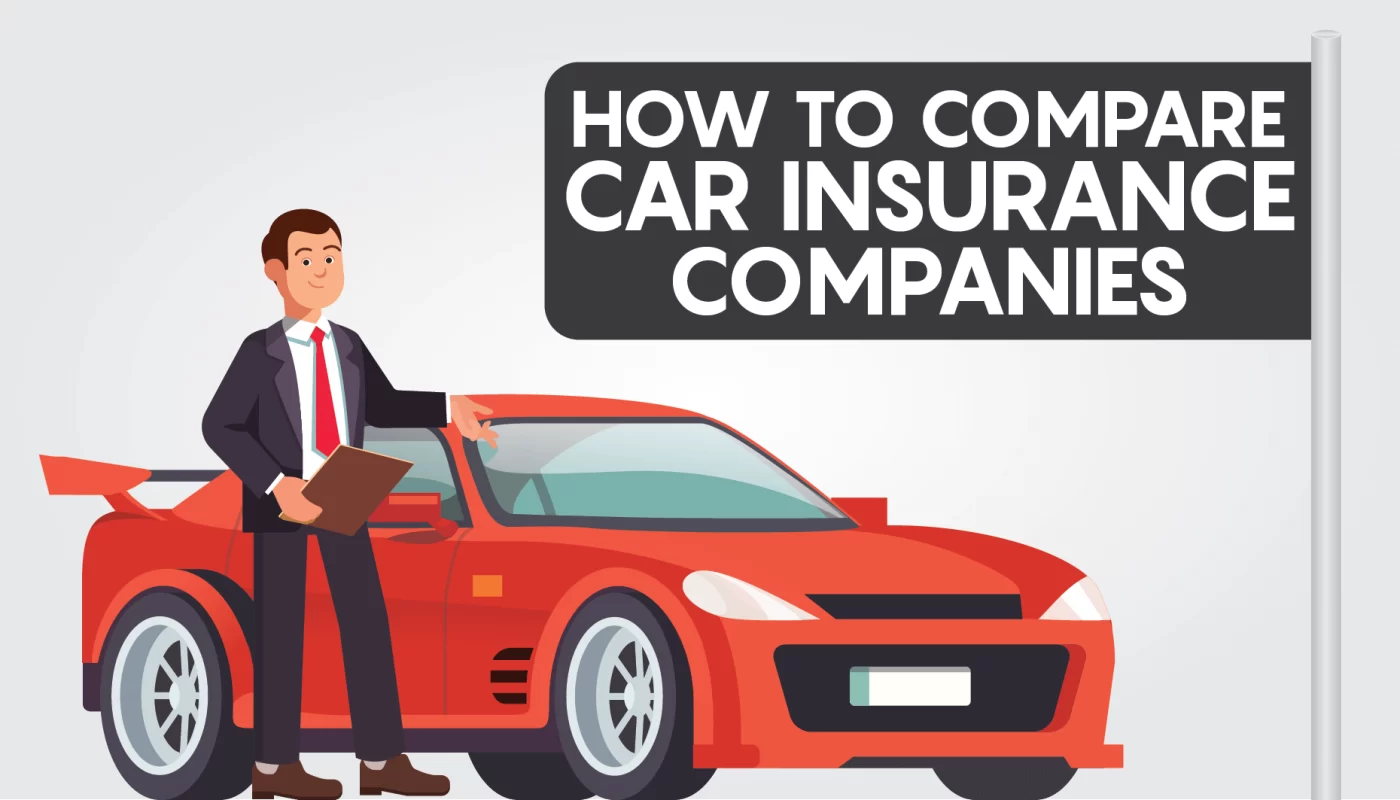When it comes to protecting your vehicle, having the right insurance coverage is crucial. With numerous insurance providers and policies available, it can be overwhelming to choose the best option. This article will guide you through the process of comparing vehicle insurance, ensuring you make an informed decision that suits your needs and budget.
1. Understand Your Insurance Needs:
Before comparing vehicle insurance, it’s essential to assess your specific requirements. Consider factors such as your vehicle’s value, usage, and your budget. Determine whether you need comprehensive coverage, liability coverage, or additional features like roadside assistance or rental car reimbursement.
2. Research Different Insurance Providers:
To find the best vehicle insurance, it’s important to research and compare different insurance providers. Look for reputable companies with a strong track record of customer satisfaction and financial stability. Read reviews, check ratings, and seek recommendations from friends, family, or online communities.
3. Compare Coverage Options:
Once you have shortlisted a few insurance providers, compare their coverage options. Look for policies that offer comprehensive coverage, including protection against theft, accidents, natural disasters, and vandalism. Evaluate the limits and deductibles offered by each provider to ensure they align with your needs.
4. Consider Premiums and Deductibles:
When comparing vehicle insurance, it’s crucial to consider the premiums and deductibles associated with each policy. Premiums are the amount you pay for insurance coverage, while deductibles are the out-of-pocket expenses you must pay before the insurance kicks in. Strike a balance between affordable premiums and manageable deductibles to find the best value for your money.
5. Evaluate Discounts and Benefits:
Insurance providers often offer discounts and benefits that can help you save money. Look for discounts based on factors such as safe driving records, multiple policies, or vehicle safety features. Additionally, consider benefits like roadside assistance, rental car coverage, or accident forgiveness, which can add value to your policy.
6. Review Customer Service and Claims Process:
A crucial aspect of vehicle insurance is the customer service and claims process. Research how each insurance provider handles claims and resolves customer queries. Look for companies with a user-friendly claims process, 24/7 customer support, and a reputation for prompt and fair settlements.
7. Utilize Online Comparison Tools:
To simplify the process of comparing vehicle insurance, take advantage of online comparison tools. These tools allow you to input your requirements and receive quotes from multiple insurance providers. They provide a convenient way to compare coverage options, premiums, and discounts, helping you make an informed decision.
8. Seek Professional Advice:
If you find the process of comparing vehicle insurance overwhelming, consider seeking advice from an insurance agent or broker. These professionals can guide you through the process, help you understand complex terms, and provide personalized recommendations based on your needs.
Conclusion:
Comparing vehicle insurance is a crucial step in ensuring you have the right coverage for your vehicle. By understanding your insurance needs, researching different providers, comparing coverage options, and considering premiums and deductibles, you can make an informed decision. Remember to evaluate discounts, benefits, customer service, and claims processes to find the best insurance provider for your vehicle. With careful consideration and research, you can protect your vehicle and drive with peace of mind.



